Here’s how to increase clean energy without harming wildlife
Researchers are developing creative ideas to protect eels, eagles, tortoises and more

We need clean energy sources to slow climate change. But wind turbines can threaten birds and bats. Water turbines can hurt fish. And solar panels mess with desert habitats. Thankfully, ecologists and engineers are coming up with creative ways to limit these threats.
photonaj/istock/Getty Images Plus
Share this:
- Share via email (Opens in new window) Email
- Click to share on Facebook (Opens in new window) Facebook
- Click to share on X (Opens in new window) X
- Click to share on Pinterest (Opens in new window) Pinterest
- Click to share on Reddit (Opens in new window) Reddit
- Share to Google Classroom (Opens in new window) Google Classroom
- Click to print (Opens in new window) Print
This is another in our series of stories identifying new technologies and actions that can slow climate change, reduce its impacts or help communities cope with a rapidly changing world.
An American eel slipped through a pipe, careening toward a spinning turbine blade. A moment later, the eel emerged on the other side. “It was clear that the eel looked fine,” Gia Schneider recalls. She was part of a research team that cheered its success. Then they got another eel ready to go.
As its CEO, Schneider runs Natel Energy in Alameda, Calif. This company works on hydropower. A type of clean energy, it uses spinning turbines to turn the motion of water into electricity. So why was this team sending eels on a water-park-like thrill ride?
Most turbines have sharp, blade-like edges. These kill many of the eels and other fish unlucky enough to encounter them. Schneider realized that a different type of blade might let fish through unharmed while still spinning fast enough to make electricity. So her team has unveiled one. They gave it a thick edge and a twisty shape. Now scientists from the Pacific Northwest National Laboratory in Richland, Wash., were testing it. During the experiment, 131 eels went through the turbine. All survived.

To slow climate change, people must switch from fossil fuels to greener, cleaner sources of power. These are sources that won’t spew greenhouse gases into the air. Hydropower is one option. Solar and wind are two others. “Energy consumption underpins everything about our civilization,” says Schneider. Changing how we make energy won’t be easy. But many experts believe this shift not only is possible but also necessary.
We have to be careful, though, as we build new clean-energy systems. Eels are just one of many living things already using the rivers we may want to dam. Birds and bats fly through the air where wind turbines will spin. Whales and seals will swim in and around ocean wind farms. And a whole host of rare animals and plants live in the deserts where people are erecting solar farms.
As with any construction project, building and operating clean energy systems may kill or displace wildlife. Biodiversity — or the variety of different living things on Earth — has been declining. Already, more than a million species teeter on the brink of extinction.
How can we create clean energy without threatening wild plants and animals?
Schneider and others are on the case. “We don’t just give up,” she says. “We navigate a balance.” The U.S. government already requires land developers to take steps to protect certain species. But the best way to do that isn’t always clear. So researchers are hunting creative ways to develop clean energy while limiting its impact on wildlife.
Lovable eels
Eels aren’t at the top of most people’s lists of favorite creatures. But Schneider thinks they deserve more love. “They’re kinda cute,” she says. Though they were once common, American eels now face extinction. The International Union for Conservation of Nature, or IUCN, tracks species at risk of extinction. It puts them on a “red list.” The American eel joined that list in 2014. The fish have been declining because of changes to their habitat. American eels live in rivers but migrate long distances to breed in the Atlantic ocean. No one knows exactly where they go, notes Schneider.
Most hydropower plants are part of a dam that spans a river. Releasing water through turbines spins their blades, generating power. However, dams also block and disrupt waterways. That’s bad news for journeying eels and their tiny young, which have the delightful name “elvers.”


Dam operators may use mesh screens to guard their turbines from trash, debris and large fish. But skinny eels and elvers may slip right through these screens and reach the spinning blades.
Some dam operators use screens with a very fine mesh to trap eels and other small fish on one side. Then they carry them over for release on the other side. Or they may provide passages, such as fish ladders, that allow animals to bypass the blades. They may even turn off turbines while eels are migrating. But it would be a lot simpler if eels could just pass through unharmed. Now, thanks to Schneider’s turbine design, they can. The turbines’ unique shape allows many types of fish to pass through safely, Schneider says.
Working dams in Oregon, Maine and Austria have already installed the fish-safe turbines. In tests at the dam in Maine, “We observed greater than 99 percent survival,” notes Schneider.
Majestic eagles
Spinning blades also cause problems for flying animals.
An eagle is “lord of the sky,” says Todd Katzner. “Nothing messes with an eagle.” Nothing, that is, except a giant wind turbine. U.S. wind turbines currently kill about 328,000 birds each year, according to the U.S. Fish and Wildlife Service. Large numbers of bats also collide with turbines.
Though these deaths are troubling, federal regulators are especially protective of golden and bald eagles. The bald eagle, of course, is the national emblem. In 2022, one energy company was sued over the deaths of 150 eagles at its wind farms. The company was fined $8 million and must spend even more on measures to reduce future deaths.
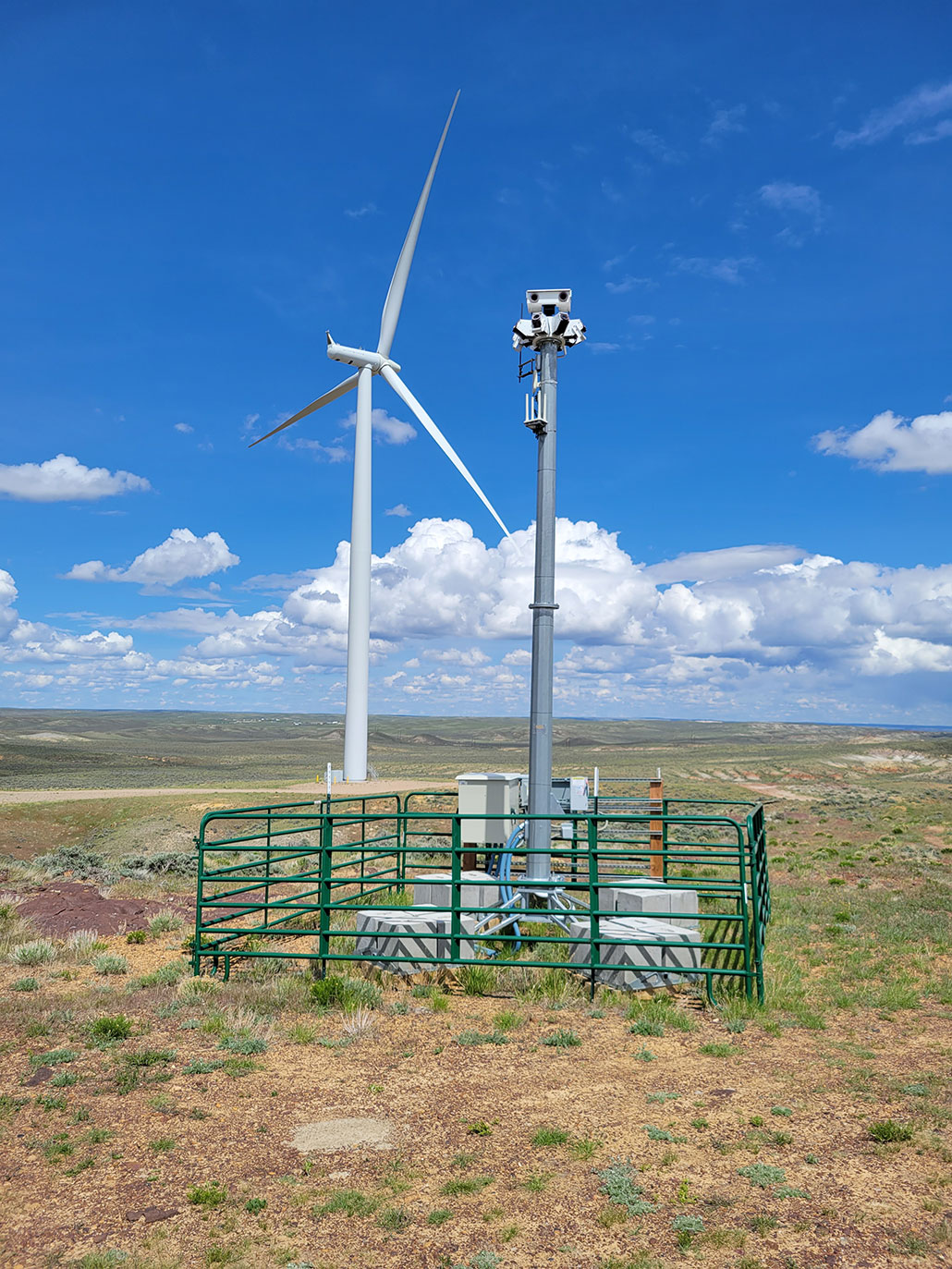
Thankfully, experts are coming up with ideas to help protect eagles and other flying critters from wind turbines. Katzner, a wildlife biologist with the U.S. Geological Survey (USGS) in Boise, Idaho, is helping test some of these.
Wind turbines are huge. They often reach 94 meters (308 feet) — as tall as the Statue of Liberty. And the trend is to make them larger still. The bigger they get, the more electricity they can make. But the amount of energy a wind farm produces also predicts how many animals will crash into the blades, Katzner’s research suggests.
How can turbines produce more wind energy without killing more birds and bats? Site selection is the first thing to consider, Katzner says. Placing wind farms where lots of birds and bats fly will pose more risks to these creatures.
Hawks tend to fly directly over mountain ridges, he points out. So instead of building turbines right atop a ridge, people might site them some 100 to 200 meters (or yards) from there. In fact, he notes, “That’s become common practice.” Similarly, bats tend to hunt for insects near water. If possible, turbines shouldn’t be erected right next to a buggy swamp.
Once operating, a wind farm can flash lights or emit noises to try and keep birds and bats away. Katzner has helped test an even fancier system. Called IdentiFlight, it’s like a robot sentry. Cameras and artificial intelligence (AI) scout for signs of eagles. If detected nearby, the turbines will turn off.
“It’s a really cool system,” says Katzner. In one 2022 study, his team found that the AI system reduced eagle deaths by 85 percent. The system is expensive, but the government requires wind farms to take measures to limit the deaths of protected species such as bald eagles.
Whooping whales
Some of the strongest winds on Earth blow out over the open ocean. That’s why many wind energy companies are now erecting huge turbines at sea. These offshore wind farms send “clean, renewable energy back to shore via a cable lying below the seabed,” explains Elizabeth Marsjanik. She’s a marine biologist with Vineyard Wind in New Bedford, Mass.
This company is currently building the first large scale offshore wind farm in the United States. It’s going up 15 miles (24 kilometers) off the coast of the island of Martha’s Vineyard.
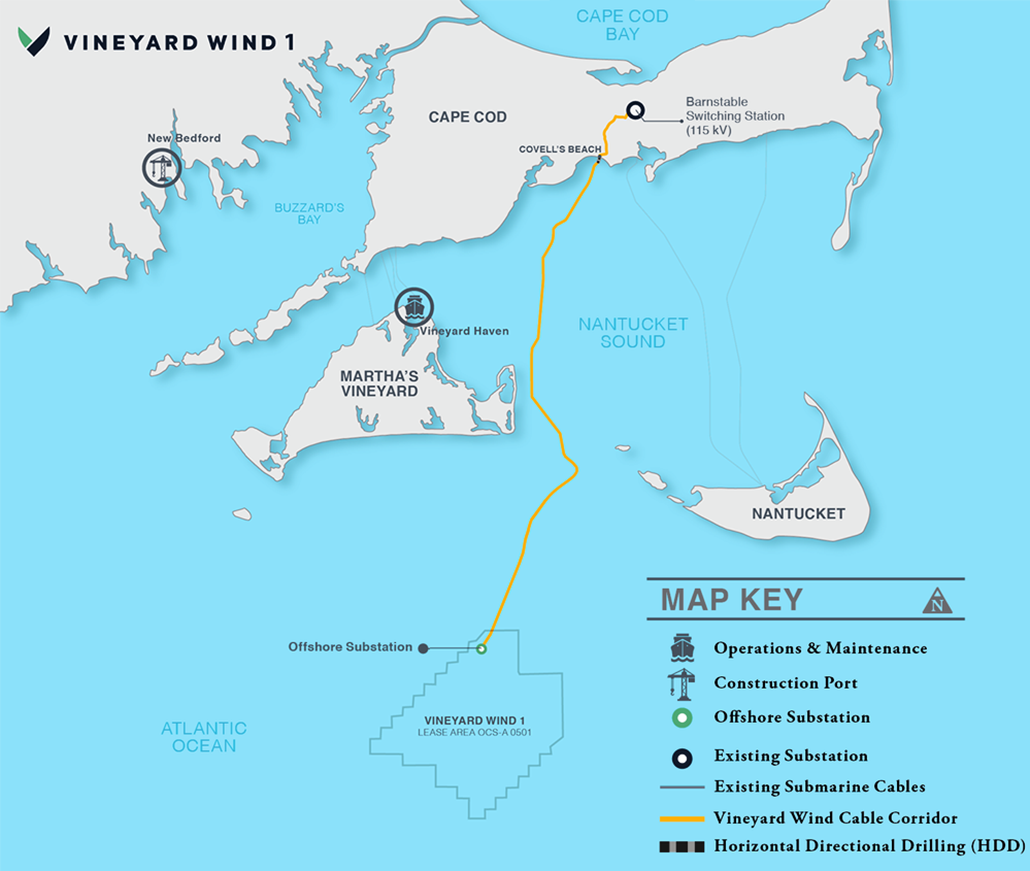
Scientists are just beginning to study how offshore wind turbines might affect seabirds. Meanwhile, Vineyard Wind is focusing on animals below the waves.
The company needs to make sure its construction doesn’t bother protected species. These include the endangered North Atlantic right whale. Whenever workers travel out to their site, they bring along experts. Known as protected species observers, they scan for animals through binoculars. They also listen using underwater microphones called hydrophones. If a right whale or another protected species swims by, everyone stops what they’re doing and waits until it leaves, Marsjanik says.
Whale whale whale…
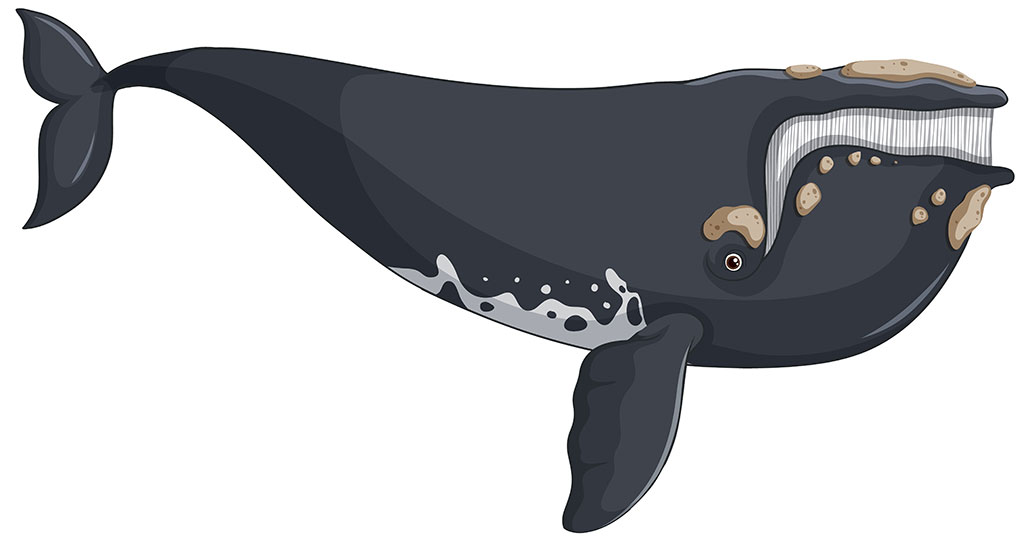
These North Atlantic right whale sounds were recorded off the coast of Canada in the Bay of Fundy in 1981. Listen to more whale sounds at the New Bedford Whaling Museum.
Right whales and many other marine species use sound to communicate. The calls of some North Atlantic right whales sound like whoops or moans. The noise of boats and construction can drown out these sounds. That can make it tougher for marine animals to survive. Driving the bases of giant wind turbines into the ocean floor is very loud work. But engineers have a way to mask the sound pollution: bubble curtains. Explains Marsjanik, they place a hose lined with tiny holes underwater around the noisy area. As air moves through the hose, bubbles stream up toward the surface. These absorb sound energy. “Outside the curtain it’s a lot quieter,” says Marsjanik. Several different groups of researchers have found that bubble curtains can reduce noise by up to about 10 decibels. (That’s about a tenth of the starting sound intensity, and about half the starting volume.)
To better understand the impact that underwater construction noise might have on ocean wildlife, Vineyard Wind has partnered with scientists at the University of New Hampshire. The team installed hydrophones to record area sounds before, during and after construction. Marsjanik helped set up the equipment in January 2023. “It was a cold, blustery day out there,” she says. But it was worth it to help make sure the new wind farm respects the needs of ocean wildlife.

Burrowing tortoises
In a much warmer and sunnier spot, Jeff Lovich searches for desert tortoises. “Some I’ve had as friends for 30 years,” he says. “They are amazing animals.” A threatened species, desert tortoises are protected under U.S. law. Lovich studies them as a research ecologist with the USGS in Flagstaff, Ariz.
He called one desert tortoise Coral because he found her near an old horse corral. He named Crystal after a nearby piece of quartz crystal. Now, he says, students and technicians get to name most of the animals he works with. “They started giving them names of famous football players, like Donovan McNabb.”
Donovan McNabb (the tortoise) and his family and friends all live in the Mojave Desert, in the American Southwest. This desert also happens to be a perfect place for capturing solar energy. Wind-energy farms also show up here. Lovich has been studying how such energy projects impact desert tortoises.
The most common way energy companies protect critters is to move them out of the way. From the turtle’s point of view, Lovich imagines, this is probably quite strange: “You’re picked up by aliens, hoisted up into the sky and carried somewhere not familiar to you. Then you’re expected to thrive.”
Tortoise power
This tortoise lives near the Mesa wind farm not far from Palm Springs, Calif. Jeff Lovich notes that tortoises evolved long before dinosaurs. They’re “notoriously difficult to find,” he says, since they spend most of their time burrowed underground.
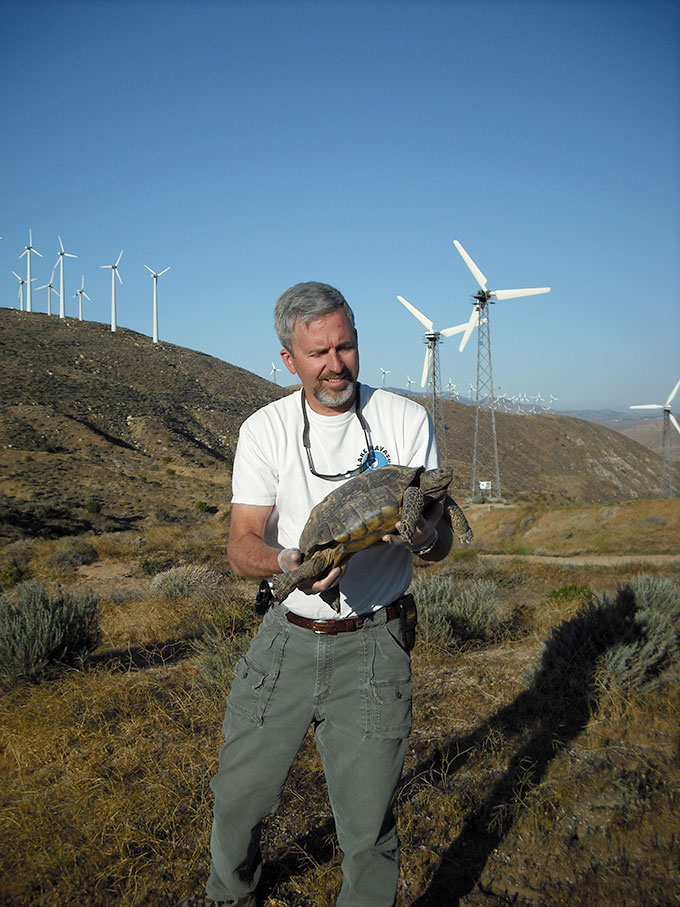
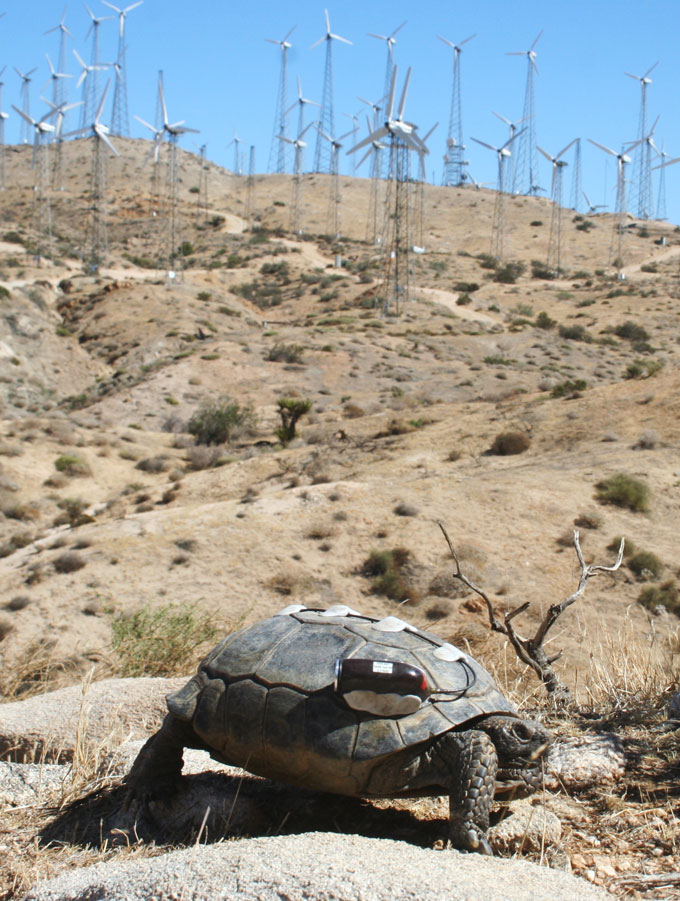
Ivanpah, the world’s largest concentrating-solar power plant, began operating in the Mojave Desert in 2014. This plant sits in San Bernardino County, Calif. Ivanpah captured and moved tortoises. It also erected a fence to try to keep them away from the plant. Despite these efforts, desert tortoises have died at the facility. Some have been hit by cars.
Near Las Vegas, Nev., another large solar-power facility named Gemini is set to begin operating later this year — right in the midst of another desert-tortoise habitat. Lovich has been helping work out a plan to keep the animals here safe. “They’ve moved just under 200 tortoises [out of the area],” he says.
In the past, most such projects would mow or clear land completely before starting construction. At Ivanpah and Gemini, developers didn’t. They’re “trying to be light on the land,” says Lovich. Instead of clearing plants and bushes, they drive over them with construction vehicles. This does kill some vegetation. Still, most of it should survive, Lovich says. And at Gemini, developers are leaving wild strips in between solar panels. Lovich is helping to monitor the wild habitat at this site. If it remains a good home for tortoises, then the animals will eventually get to move back in among the panels.
Tiny flowers
Leaving wild strips of land inside a solar energy plant is clearly better for biodiversity than erasing plant life at the site. But how will the panels themselves affect native wildlife? That’s something scientists are still working to understand. One peril is that birds sometimes mistake the equipment’s shiny surfaces for water and try to land on them, says Lovich. That can be deadly since they often hit the panels at high speeds.
But it’s not just animals that scientists are interested in. Plants matter, too. “I love birds and tortoises and other animals as much as the next person,” says Karen Tanner. “But it’s important to consider the plants.” She’s an ecologist at the University of California Santa Cruz. The Mojave Desert contains nearly 500 different species of rare plants, she notes. And, she adds, scientists still know very little about most of them.
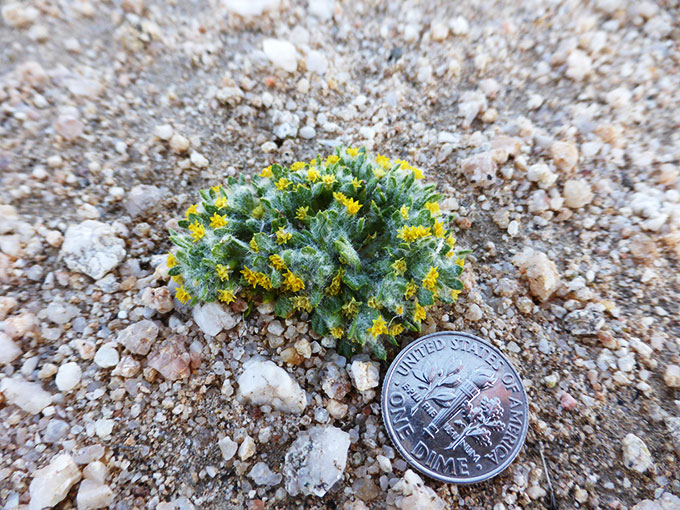
The Mojave’s desert plants aren’t like those in other places. During dry periods — which can last years — the land appears almost completely empty. It may seem like a nice, vacant place to put a solar power plant. Then the rains come and the desert bursts into life. This is called a super bloom. “It’s like a blaze of color,” says Tanner.
When the Ivanpah facility was being built, she notes, experts surveyed the site for rare plants and gave it the go-ahead. During a super bloom a few years later, she notes, rare plants “came up all over the place inside the solar facility.” Thankfully, Ivanpah had left most of its wild plants alone.
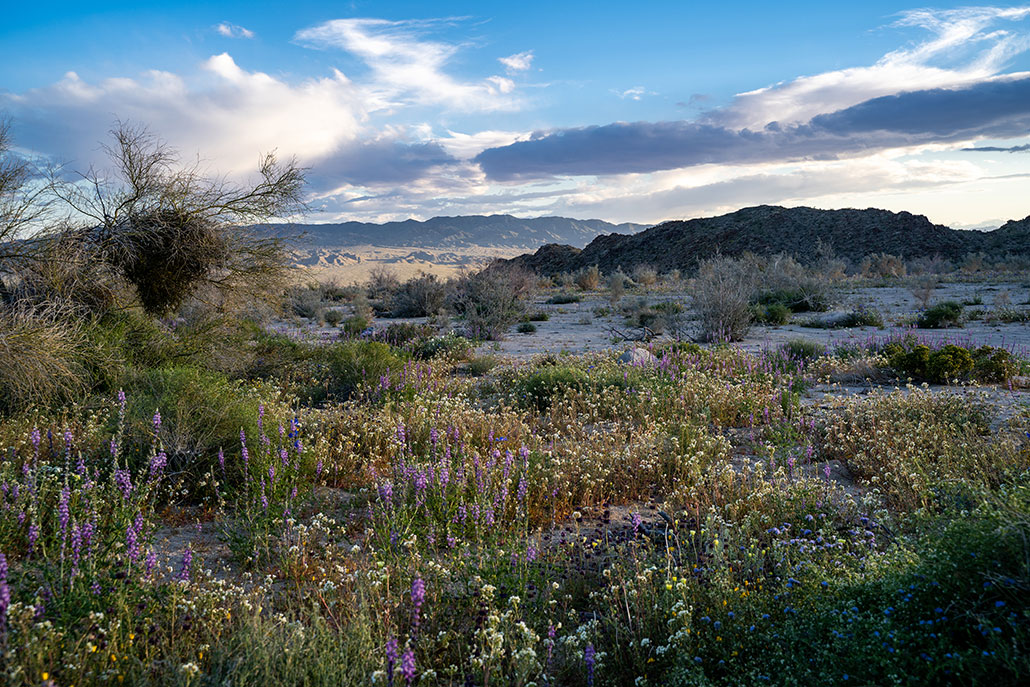
Going light on the land is a nice start, Lovich and Tanner agree. But they think an even better solution exists: Build on sites that are already disturbed.
“We have lots of places where we can put solar energy that will not affect wildlife,” Lovich says. He suggests brown fields — polluted sites that people have abandoned and no longer use. Rooftops, parking lots and airports are other great places for solar panels.
Of course, the goal of limiting severe climate change remains incredibly important. “Clearly we need all the tools in our arsenal to try to become more green,” says Tanner. The changing climate is a much greater threat to most wildlife than a few clean-energy plants. Is it acceptable for some animals and plants to suffer while building green-energy plants as a way to prevent greater suffering from climate change in the future? That’s a tough question — and one without a clear answer.
Protecting biodiversity while rapidly developing clean energy is going to be tough. “This is our challenge,” says Gia Schneider. Yet she remains hopeful. “It’s going to take a lot of work — but it’s absolutely worth doing. And we can do it.”






